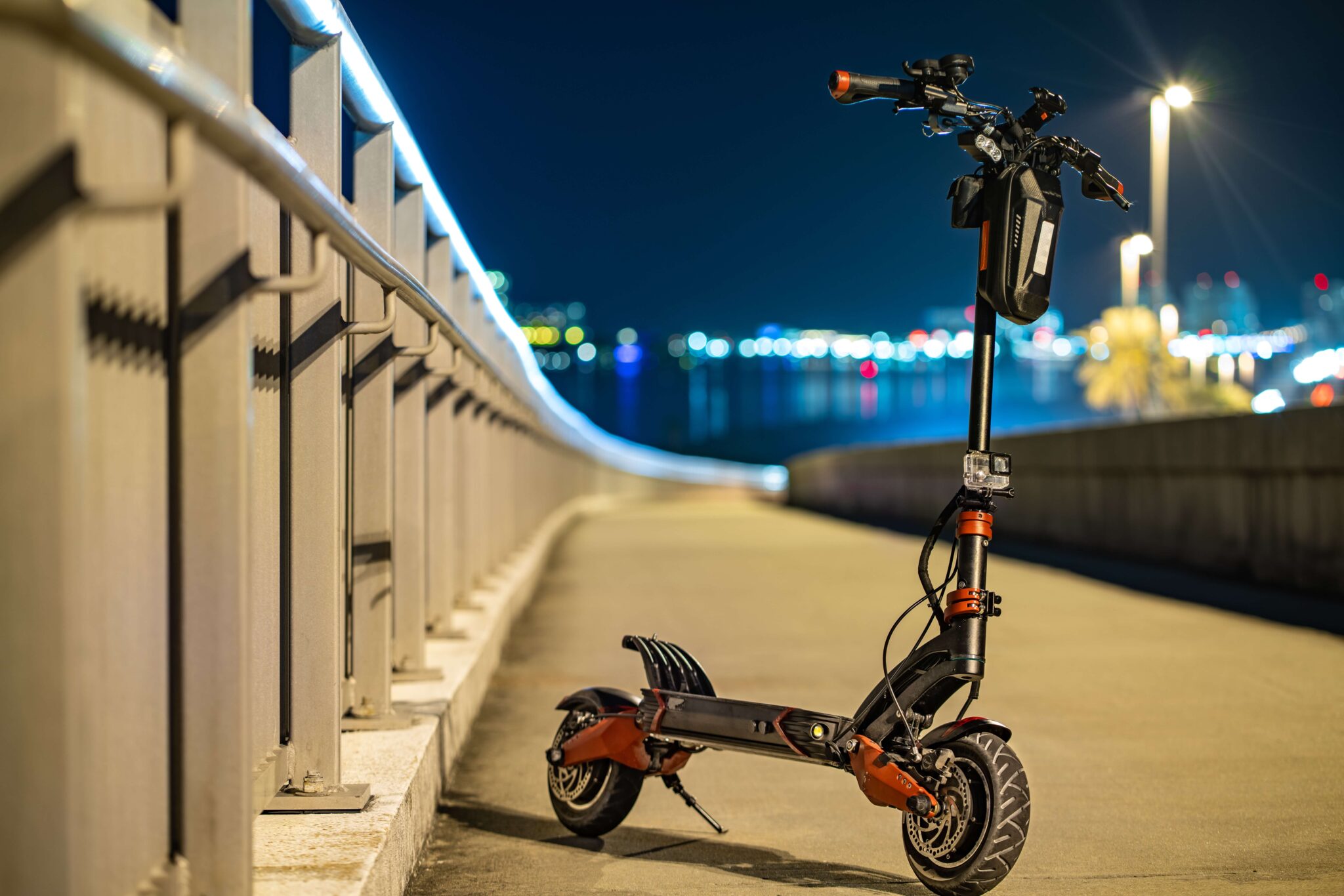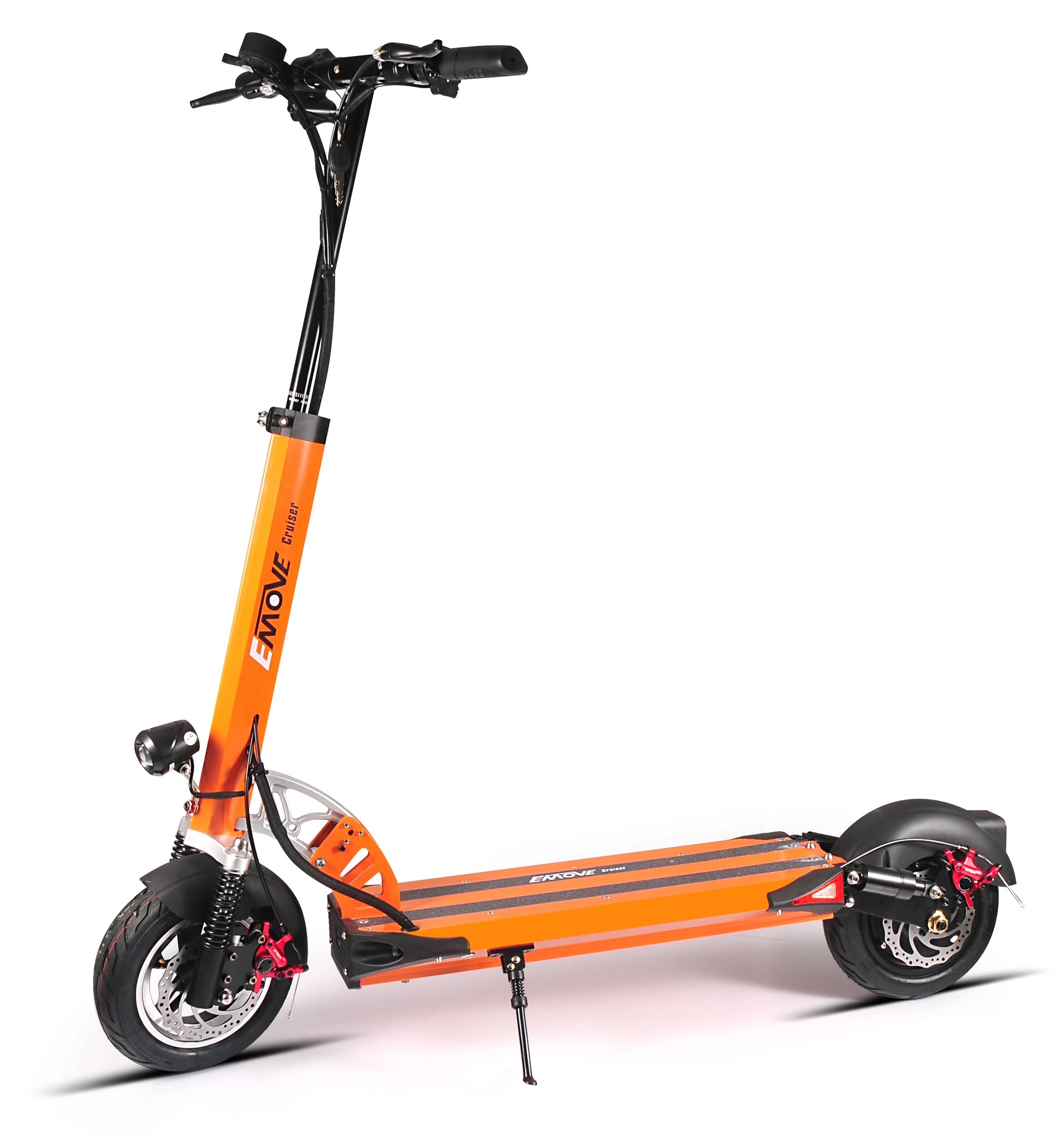I. Introduction to Riding an Electric Scooter

A. Overview of the Benefits and Advantages of Electric Scooters
Electric scooters offer numerous benefits, including cost-effectiveness, environmental friendliness, and convenience. They provide a practical and efficient mode of transportation for short to medium distances, making them an attractive option for urban commuters and recreational riders.
B. Understanding the Basics of Riding an Electric Scooter
Riding an electric scooter involves learning the controls, balancing, and following safety guidelines. Understanding the basics of operating an electric scooter is essential for a safe and enjoyable riding experience.
C. Embracing a Fun and Environmentally-Friendly Mode of Transportation
Electric scooters are not only practical but also provide a fun and eco-friendly mode of transportation. Embracing electric scooters can contribute to reducing carbon emissions, promoting sustainable transportation, and enjoying the thrill of riding.
II. Choosing the Right Electric Scooter
A. Factors to Consider When Selecting an Electric Scooter
- Identifying the Purpose and Intended Use of the Scooter
Consider the purpose and intended use of the electric scooter. Determine whether it will primarily be used for commuting, recreational riding, or both. This will help in selecting the appropriate scooter model with the necessary features and specifications.
- Exploring the Features and Specifications of Different Scooter Models
Research and compare different electric scooter models to find one that suits your needs. Consider factors such as motor power, battery life, range, weight capacity, and additional features such as suspension, lighting, and folding mechanisms.
B. Safety Considerations and Certifications
- Highlighting Safety Features and Certifications to Look for in a Scooter
Prioritize electric scooter models that have safety features such as efficient braking systems, lights for visibility, and sturdy construction. Look for scooters that comply with safety certifications and standards to ensure their reliability and adherence to safety guidelines.
- Exploring the Importance of Proper Safety Equipment and Gear
Invest in proper safety equipment and gear, including helmets, knee pads, elbow pads, and reflective clothing. Wearing the appropriate safety gear helps protect against potential injuries and increases visibility to other road users.
III. Learning to Ride an Electric Scooter
A. Getting Familiar with the Scooter Controls and Functions
- Understanding the Electric Scooter’s Acceleration, Braking, and Steering
Familiarize yourself with the scooter’s controls, including the acceleration mechanism, brake levers, and steering handlebars. Practice using these controls to gain confidence and ensure smooth and controlled riding.
- Highlighting the Importance of Proper Hand Placement and Posture
Maintain proper hand placement on the handlebars and maintain an upright and balanced posture while riding. This ensures stability and control over the scooter and promotes a more comfortable riding experience.
B. Practicing Basic Riding Techniques
- Tips for Balancing and Maintaining Stability on the Scooter
Practice balancing on the scooter by distributing your weight evenly and keeping your center of gravity low. Start by riding in a safe and open area before gradually progressing to more challenging terrains or crowded areas.
- Exploring Maneuvering and Turning Techniques for Different Situations
Learn how to maneuver and turn the electric scooter smoothly. Practice techniques such as leaning into turns, using the correct amount of pressure on the handlebars, and maintaining a consistent speed while turning.
IV. Safety Guidelines and Best Practices
A. Following Traffic Laws and Regulations
- Understanding the Applicable Traffic Laws for Electric Scooter Riders
Familiarize yourself with the local traffic laws and regulations that apply to electric scooter riders. Observe speed limits, adhere to traffic signals, and ride in designated areas where available.
- Highlighting the Importance of Riding in Designated Areas and Bike Lanes
Whenever possible, ride in designated areas such as bike lanes to ensure safety and minimize conflicts with other road users. Be respectful of pedestrians and other vehicles, and yield the right of way when necessary.
B. Using Safety Equipment and Protective Gear
- Identifying Essential Safety Equipment, such as Helmets and Knee Pads
Wearing a helmet is essential for rider safety. Invest in a properly fitting helmet that meets safety standards. Additionally, consider wearing knee pads, elbow pads, and appropriate clothing to protect yourself from potential injuries.
- Exploring Additional Protective Gear for Enhanced Safety
Consider additional protective gear such as wrist guards and reflective clothing for enhanced safety. Wrist guards help protect against wrist injuries in case of a fall, and reflective clothing increases visibility, especially during low-light conditions.
Riding an electric scooter offers an enjoyable and eco-friendly mode of transportation. By choosing the right scooter, learning and practicing proper riding techniques, and following safety guidelines, riders can have a safe and satisfying scooting experience. Being considerate of others and maintaining the scooter through regular inspections and maintenance ensure a smooth and hassle-free ride. Embrace the joy of riding an electric scooter while promoting sustainability and responsible road usage for a better and greener future.
